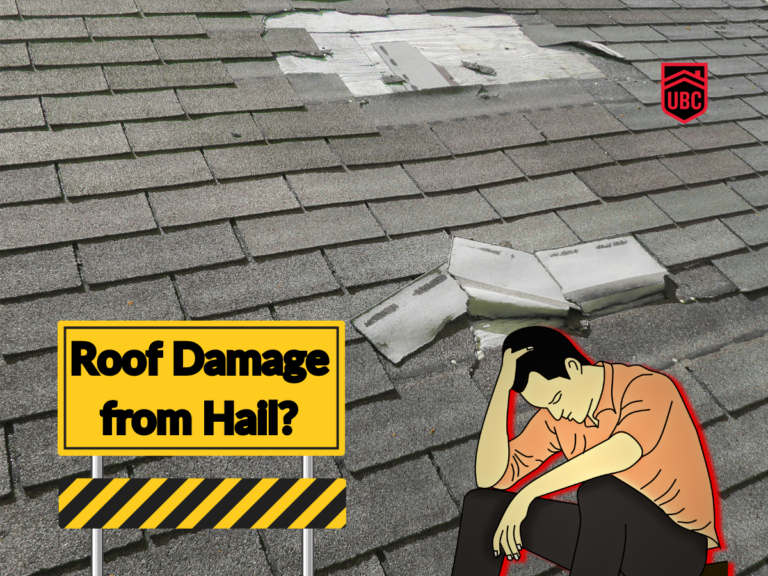Winter is Coming: 5 Critical Steps to Prepare Your Roof for Minnesota’s Harsh Weather
As winter approaches in Minnesota, homeowners must take critical steps to prepare their roofs for harsh weather conditions. These steps include conducting a thorough inspection of shingles, flashing, and gutters; ensuring proper attic insulation and ventilation to prevent ice dams; removing debris and trimming overhanging branches; and considering the installation of winter-ready roofing materials or heat cables. Taking these precautions can help prevent common winter roof problems such as ice dams, snow accumulation, and leaks, ultimately protecting your home and family throughout the cold season.
Conduct a Thorough Roof Inspection
Before the snow flies, it’s important to assess your roof’s current condition. Here’s what you should look for:
- Missing or damaged shingles
- Loose or deteriorating flashing around chimneys and vents
- Signs of previous leaks or water damage in the attic
Sagging areas that could indicate structural issues
Clean and Repair Gutters and Downspouts
Proper drainage is essential for preventing ice dams and water damage. Follow these steps to ensure your gutters are winter-ready:
- Remove all leaves, twigs, and debris from gutters and downspouts.
- Check for proper gutter alignment and secure any loose sections.
- Ensure downspouts direct water at least 5 feet away from your home’s foundation.
- Consider installing gutter guards to prevent future buildup.
Pro Tip: After cleaning, run water through your gutters to check for proper flow and identify any leaks.
Boost Your Attic Insulation and Ventilation
Proper attic insulation and ventilation play a vital role in preventing ice dams and maintaining your roof’s integrity. Here’s why it matters:
- Adequate insulation keeps your home’s heat from escaping through the roof.
- Proper ventilation helps maintain a consistent roof temperature, preventing snow melt and refreezing.
To optimize your attic:
- Ensure you have at least 10-14 inches of insulation (R-value of 38 to 49).
- Check for and seal any air leaks from your living space into the attic.
- Maintain proper ventilation with a combination of soffit, ridge, and gable vents.
Trim Overhanging Trees and Remove Debris
Nearby trees can pose a significant threat to your roof during winter storms. Take these precautions:
- Trim any branches hanging over your roof or within 10 feet of it.
- Remove dead or diseased trees that could fall during heavy snow or ice storms.
- Clear any debris (leaves, twigs, etc.) from your roof’s surface.
Remember, falling branches can cause serious damage to your roof and home. When in doubt, consult a professional tree service.
Install or Check Snow Guards
Snow guards are essential for metal roofs in Minnesota, as they prevent dangerous snow avalanches. If you have a metal roof:
- Check existing snow guards for proper attachment and condition.
- Install snow guards if you don’t have them, especially above entryways and high-traffic areas.
- Consider the snow load capacity of your roof when planning snow guard placement.
For asphalt shingle roofs, while snow guards aren’t typically necessary, it’s essential to monitor snow accumulation throughout the winter.
Frequently Asked Questions
Q: How often should I have my roof professionally inspected?
A: We recommend a professional inspection at least once a year, ideally in the fall before winter weather sets in.
Q: What are the signs of an ice dam?
A: Look for icicles forming along the eaves of your roof, water stains on interior walls or ceilings, and ice buildup on the roof’s edge.
Q: Can I remove snow from my roof myself?
A: While it’s possible to use a roof rake from the ground, we strongly recommend hiring professionals for snow removal to ensure safety and prevent roof damage.
Q: How long does a typical roof last in Minnesota?
A: With proper maintenance, an asphalt shingle roof can last 20-30 years, while a metal roof can last 50 years or more. However, harsh Minnesota winters can reduce these lifespans if proper care isn’t taken.
Q: What’s the best type of roof for Minnesota winters?
A: Metal roofs are excellent for shedding snow and ice, but high-quality asphalt shingles can also perform well when properly installed and maintained. The best choice depends on your specific home and budget.
Ensure Your Home Stays Warm and Dry. Contact United Building Contractors
Preparing your roof for Minnesota’s harsh winter weather is an essential task that can save you thousands in potential damage and repairs. By following these five steps – conducting a thorough inspection, cleaning gutters, optimizing attic insulation and ventilation, trimming trees, and addressing snow guards – you’ll be well-prepared for whatever winter brings.
At United Building Contractors, we’re committed to helping Minnesota homeowners protect their investments and ensure their peace of mind. If you have any questions about winterizing your roof or need professional assistance, don’t hesitate to reach out. Our team of experienced contractors is here to help you face the winter with confidence.
Contact us today for a comprehensive roof inspection or to discuss your winter preparation needs. Together, we’ll ensure your home stays safe, warm, and dry all season long.








